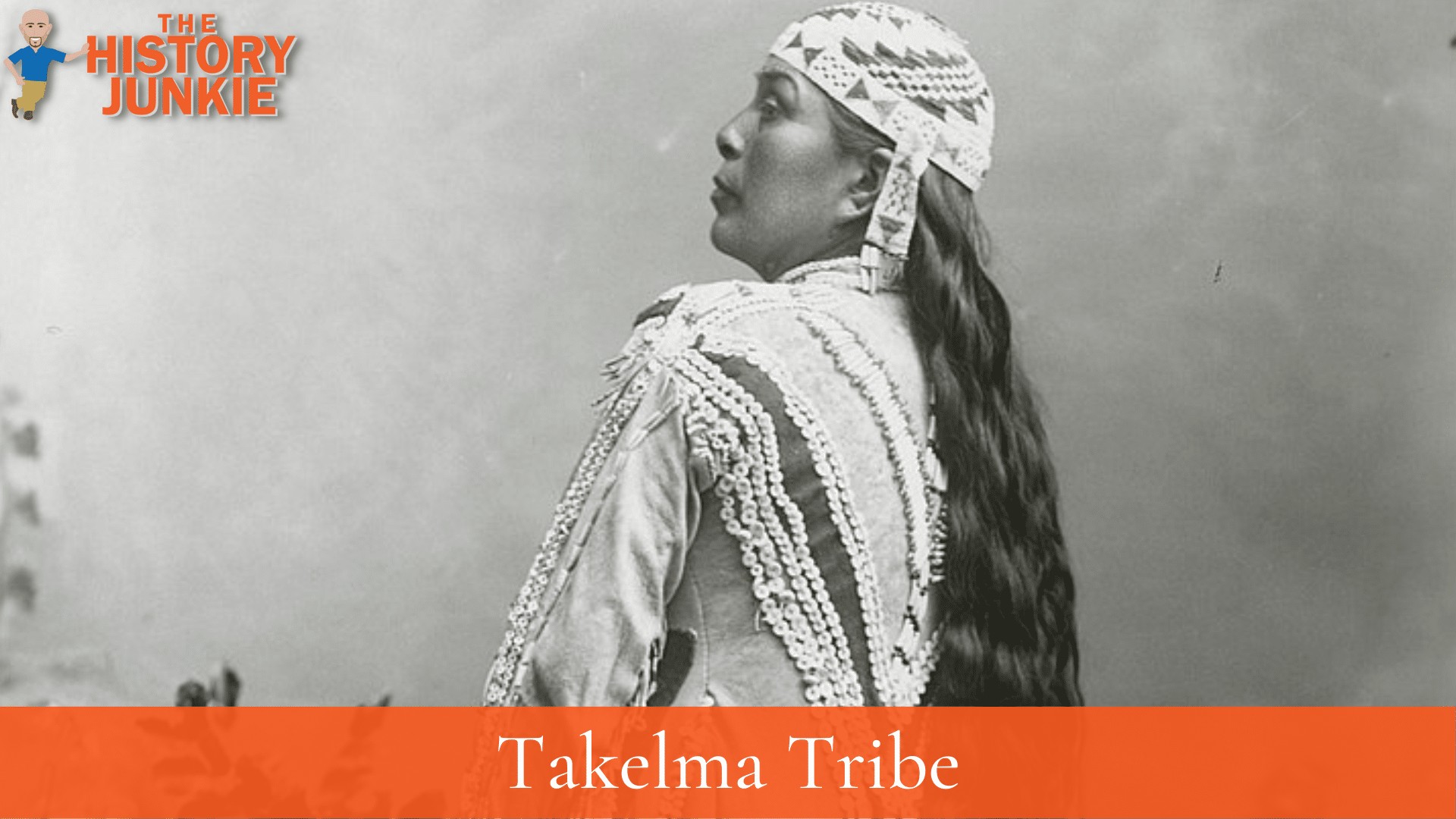
Jump to:
#1. The Takelma Tribe Was Foragers
The Takelma Tribe was a Northwest Indian Tribe that gathered their food by foraging.
Unlike some of their Northwest neighbors, such as the Makah, they did not rely on whales; instead, they lived off the land by foraging and killing wild game.
The fish that was a primary part of their diet was salmon, which were located in the Rogue River.
They would forage throughout the warmer months and store due to the harsh winters that they would have to endure.
#2. They Were Located In Modern-Day Oregon
Oregon is considered one of the most beautiful states in the union and is also known for its harsh winter. The Takelma tribe lived there for centuries and learned how to survive the seasons.
They lived in the Rogue Valley, where the Rogue River flowed through. The valley and the river provided excellent land to cultivate, hunt, and fish.
When American pioneers arrived in Oregon by the Oregon Trail, it would be the Talelma land that they would pursue first.
#3. Smallpox Hurt Their Population
The Takelma tribe began to decrease dramatically in population when they were struck with disease. They did not have immunity to many of the diseases that the Americans carried, which resulted in many deaths.
Couple that with American Expansion in the mid-19th century, and they were an easy target to be pushed off their land.
The loss of population would hurt the tribe's ability to push back on the settlers that were arriving.
#4. They Lived In Semi-Subterranean Homes
During the winter months, the Takelma lived in semi-subterranean homes dug partly into the insulating earth with superstructures built of vertically placed sugar pine planks.
Poorer people also lived in pole-and-bark dwellings, well banked with earth and dry leaves for insulation.
Typically, the planks rested on two 6-foot-tall vertical shafts that supported a horizontal central pole. Beds of cat-tail mats were placed adjacent to the fire pit, with openings in the roof to allow for ventilation.
Takelma homes bore structural similarities to the semi-subterranean homes of the Klamath and Modoc peoples to the east.
#5. Only A Handful Survive Today
The Takelma tribe faded in the 19th century due to disease and expansion. They were placed on a reservation and were taught to farm their land and not speak their language.
On the reservations, the Takelma lived with Native Americans from different cultures, and their intermarriage with people of other cultures, both on and off the reservation, worked against the transmission of the Takelman language and culture to Takelman descendants.
In the 2010 census, 16 people claimed Takelma ancestry, 5 of them full-blooded.
